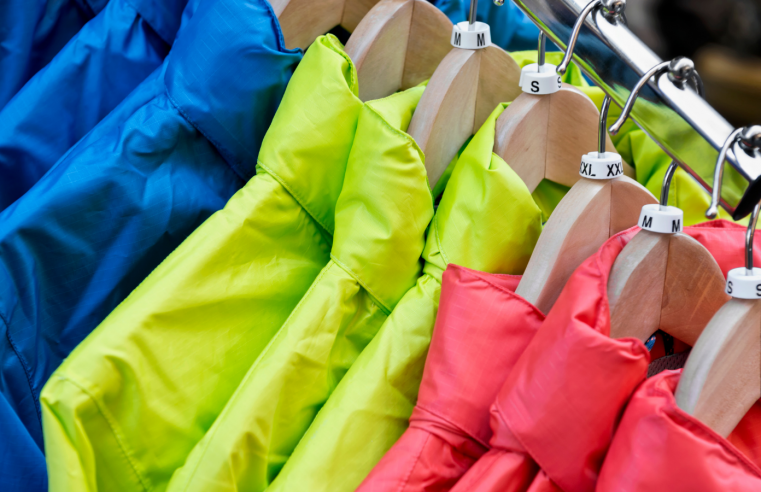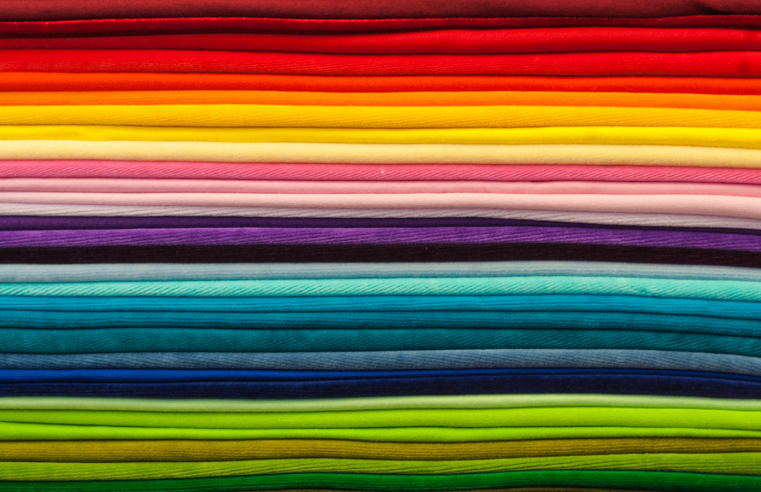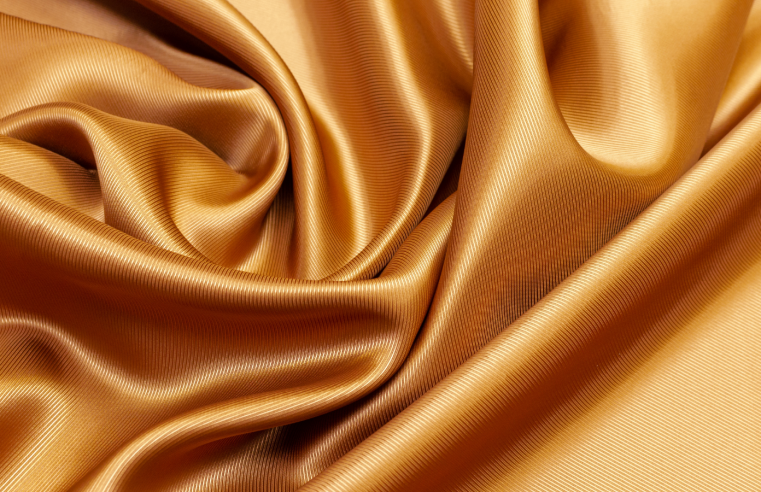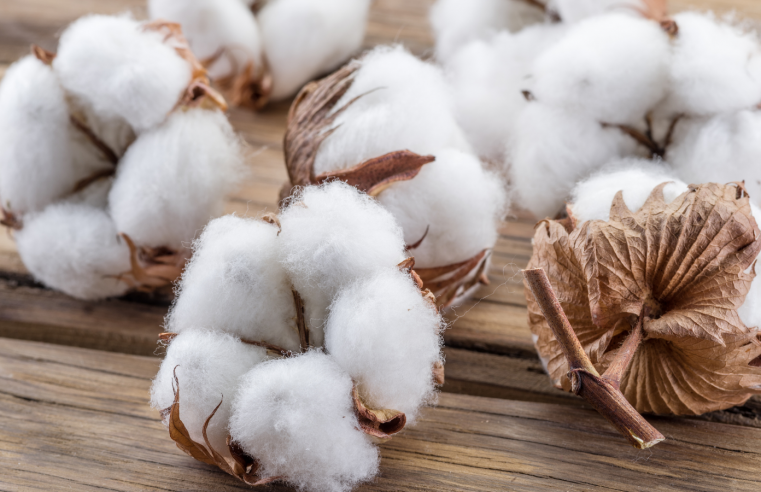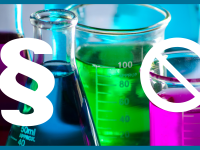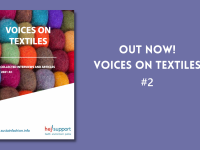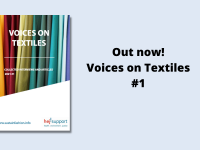The Use of Per- and Polyfluoroalkyl Substances (PFAS) in Textiles
PFAS are often used as impregnating agents in textiles due to their desirable properties, and unfortunately their use has a negative impact on human and environmental health.
These desirable textile properties include:
– breathability
– oil, water, alcohol, and dirt repellency
– high thermal stability
– durability throughout the washing and dry cleaning processes
